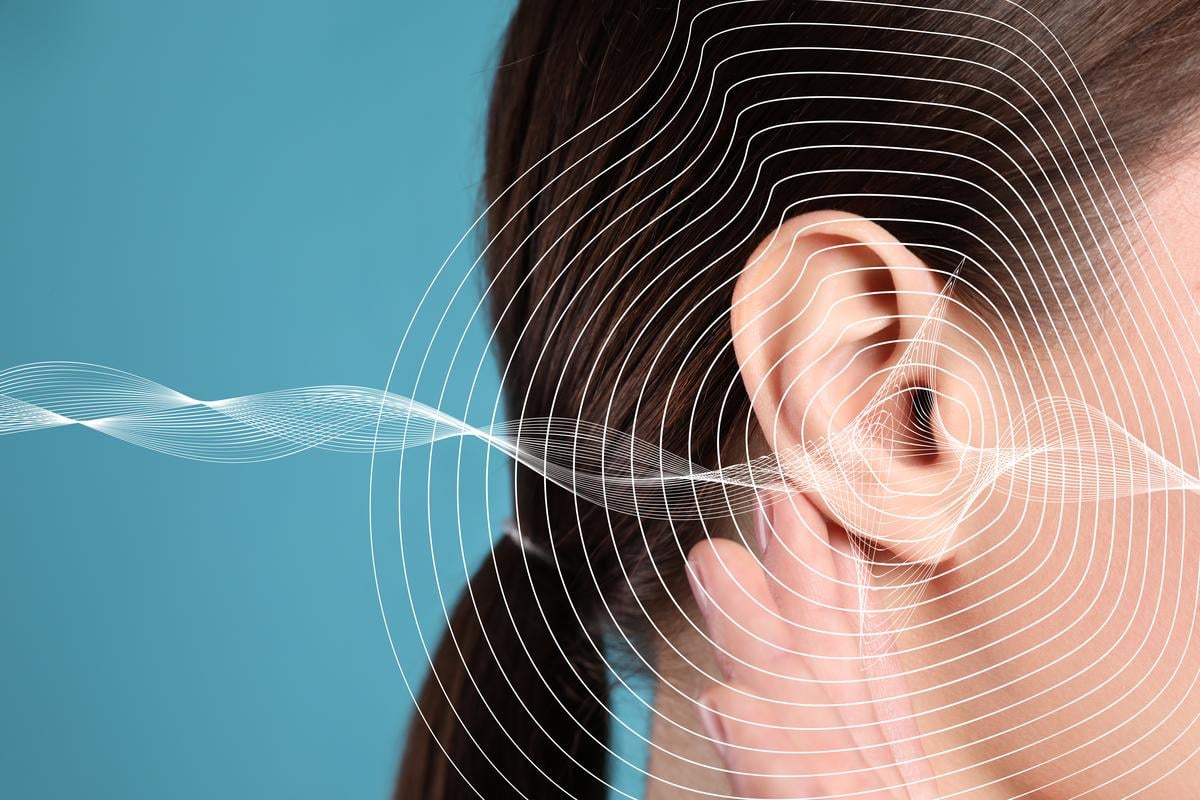Significant correlation seen between degree of endolymphatic hydrops and hearing loss across all frequencies
By Elana Gotkine HealthDay Reporter
WEDNESDAY, Oct. 2, 2024 (HealthDay News) — For patients with bilateral Meniere disease (MD), features of endolymphatic hydrops correlate with the severity of hearing loss and staging of MD, according to a study published online Sept. 16 in Head & Face Medicine.
Xu Liu, M.D., from Fudan University in Shanghai, and colleagues conducted a retrospective analysis involving 77 patients diagnosed with bilateral MD. Endolymphatic hydrops features in the affected ear were assessed through gadolinium-enhanced inner ear magnetic resonance imaging.
The researchers identified a significant correlation between the degree of endolymphatic hydrops and hearing loss across all frequencies, including the cochlear, vestibular, and overall degree of endolymphatic hydrops. The correlation between the overall degree of endolymphatic hydrops and hearing loss was strongest at low frequencies, followed by middle and high frequencies (r = 0.571, 0.508, and 0.351, respectively), with a correlation of r = 0.463 for MD staging. Within the same patient, more severe hearing loss and MD staging was exhibited in affected ears with endolymphatic hydrops in the cochlea and vestibule compared with ears with isolated endolymphatic hydrops.
“The findings of this research into the correlation between the characteristics of endolymphatic hydrops and hearing loss in bilateral MD contribute to an enhanced comprehension of the syndrome, particularly by focusing on the distinct clinical features of bilateral MD,” the authors write.
Copyright © 2024 HealthDay. All rights reserved.








